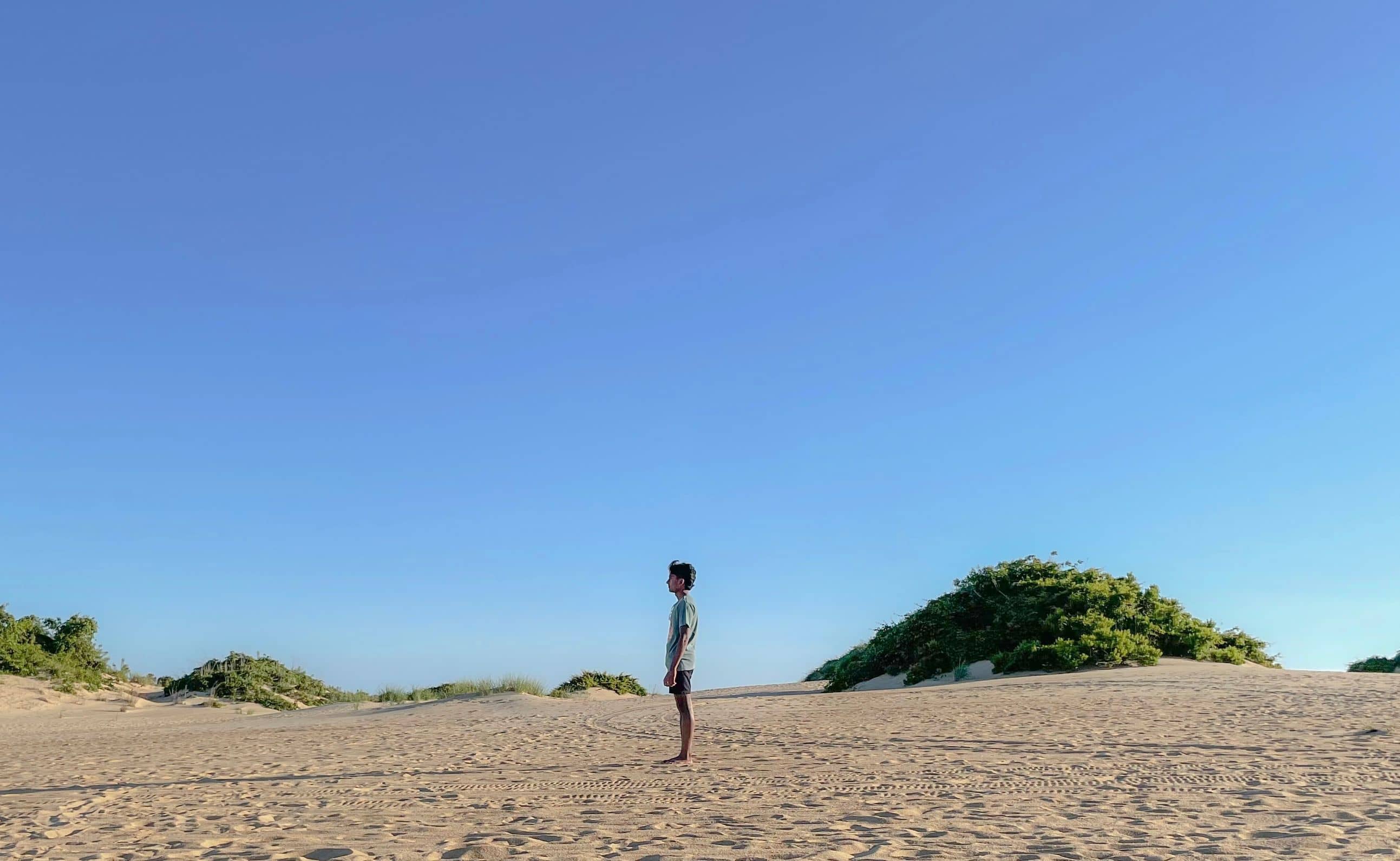
In 1763, Presbyterian minister Thomas Bayes began writing a groundbreaking essay that would form the basis of conditional probability. Edited and published soon after his death, it would contain Baye’s Theorem, the core of Bayesian statistics and the logic behind much of modern machine learning.
Simply put, the theorem is a method for calculating the probability of an event given knowledge of certain conditions related to that event. For an excellent mathematical explanation, watch
Applicable to almost any discipline, Baye’s Theorem allows one to calculate a probability given a previous estimate of the probability, known as the “prior”, updated by observed data, known as the “likelihood”. An entire field in cognitive science is devoted to the hypothesis that our brains may operate with a Bayesian framework, holding a prior understanding of how things work and constantly updating it as we experience the world.
The theory makes sense. As a grape enthusiast, I’ve eaten some thousands of grapes in my life. From just those grapes, I would estimate the percentage of sold grapes that are seedless is around 70%. That’s my prior; the probability of my next grape having seeds is 7 out of 10. However, with each new grape I ingest, I’m adjusting those odds. That’s my data/likelihood. If starting tomorrow, I eat 10,000 seeded grapes in a row, I’d probably change my estimate to below 70%. The extent to which our brains are inherently Bayesian is heavily contested. Regardless, the theorem is a helpful framework for making decisions. It’s one that I’ve learned to rely on.
Life brings uncertainty. When envisioning goals both near and far, it can be overwhelming to think about the factors that are out of your control. To mitigate that stress, I’ve found comfort in boiling down my decisions to probabilities. With a goal in mind, estimating the odds of success associated with each available choice puts the most of your destiny in your hands. Accurately estimating those odds is best done by thinking Bayesian. With a Bayesian framework, we can rely on learned experience updated by future observation to continually pick the most likely correct options.
I’ve found that substituting emotions with calculations has lightened the emotional workload on my brain. I can sleep at night knowing that I’ve at least made the best decision given the information available to me. And as I grow older and experience life, I’ll continue to update my priors, hopefully becoming a wiser person and a better decision-maker.
More than just experiencing life, however, it’s important that you do so critically. It’s easy to draw the wrong conclusions from the events in front of you. Though a poor experience at your favorite restaurant may be upsetting, it shouldn’t cancel the validity of your prior experiences. You never want to feed your brain poor data.
It’s from this goal of accurate life experience analysis for future decision-making that the inspiration for my writing comes. With proper scrutiny, any experience can have a positive impact on updating your prior knowledge, even the shared experiences of others. My goal with every article is to present you with insights drawn from thoughtful analysis of my own experiences, with which you may choose to update your priors.
If you disagree with any of my analyses, have your own experiential data to contribute, or just want to reach out, please email me at: ajv4z@virginia.edu.